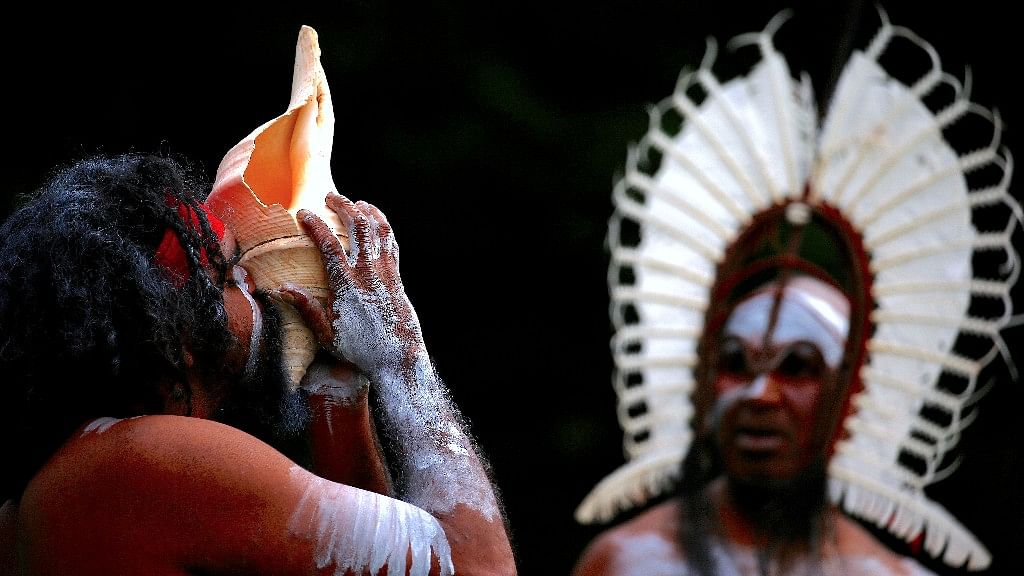In Photos: A Long Way to Go for World’s Indigenous Communities
9 August is celebrated as the International Day of the World’s Indigenous Peoples.

(This story was originally published on 9 August 2017. It has been reposted from The Quint’s archives on the occasion of the International Day of the World’s Indigenous Peoples.)
9 August is celebrated as the International Day of the World's Indigenous Peoples. The date marks the day of the first meeting, in 1982, of the UN Working Group on Indigenous Populations of the Sub-Commission on the Promotion and Protection of Human Rights.
According to the UN, there are an estimated number of 370 million indigenous people in the world. That means that there are at least 370 million from across 5,000 different cultures in the world who are less privileged than the others and live with lesser rights.
Throughout history, the indigenous cultures have been muffled and their lands tricked out of their hands be it in the USA or India.
Till date, the indigenous people have been fighting for their rights. Take a look at Ecuador, where the Shuar population has been waging a protest against the government over corporate mining. The government there used military and police forces to displace the indigenous population whose territory overlapped with the mining project.
In Canada, the aboriginal people, who have been royally ignored and deceived, had to protest on Canada’s birthday over the country’s history of mistreating the indigenous population.
Aboriginal Australians in the southern side of the world are still protesting against ‘Australia Day’, which for them marks the establishment of colonialism.
At home in India, Chattisgarh’s adivasi communities are surviving on bare minimum as the state has waged a war against Maoists.
Ten years ago, on 13 September 2007, the General Assembly adopted the United Nations Declaration on the Rights of Indigenous Peoples to draw attention towards the marginalized indigenous communities, after which some countries like Chile have publicly expressed their intent to consider constitutional changes for indigenous peoples; others like Australia and New Zealand are already considering such constitutional changes. But for the indigenous people, they still have a long way to go before they get an equal status.
(At The Quint, we are answerable only to our audience. Play an active role in shaping our journalism by becoming a member. Because the truth is worth it.)